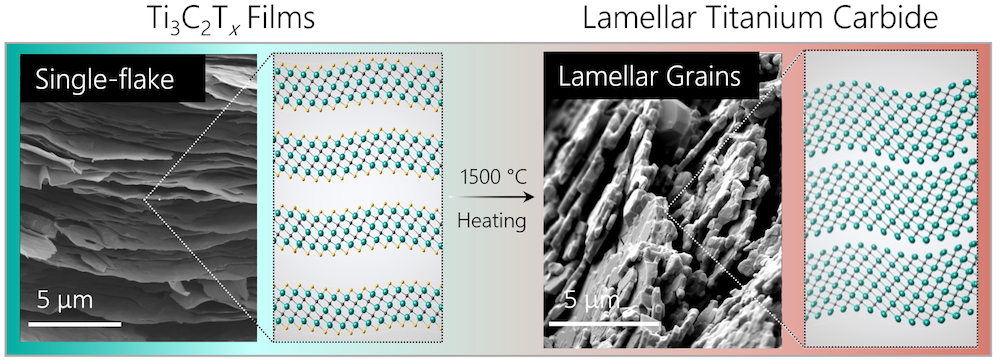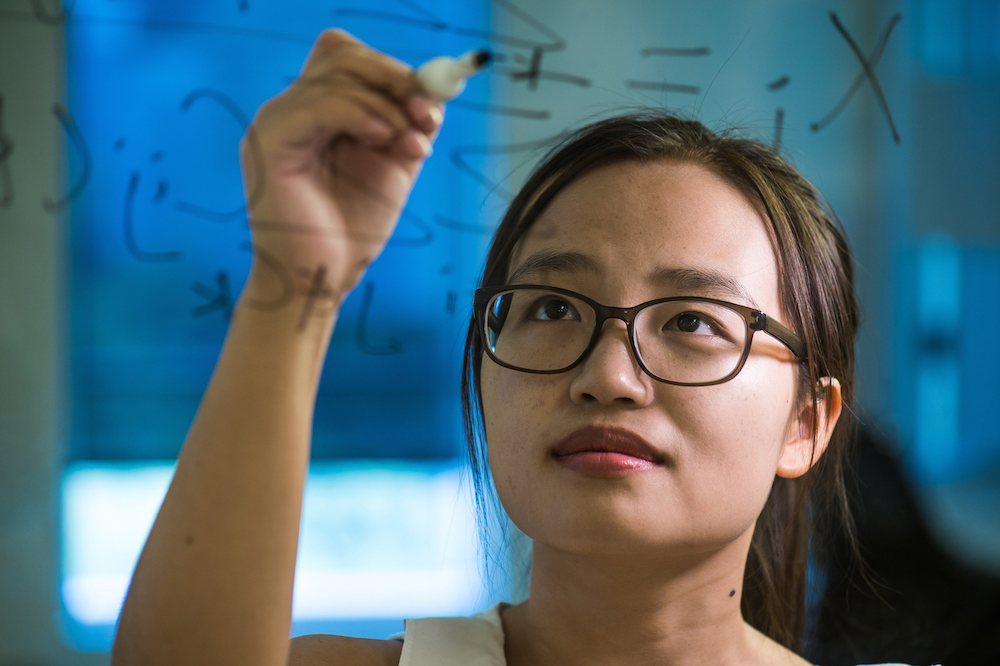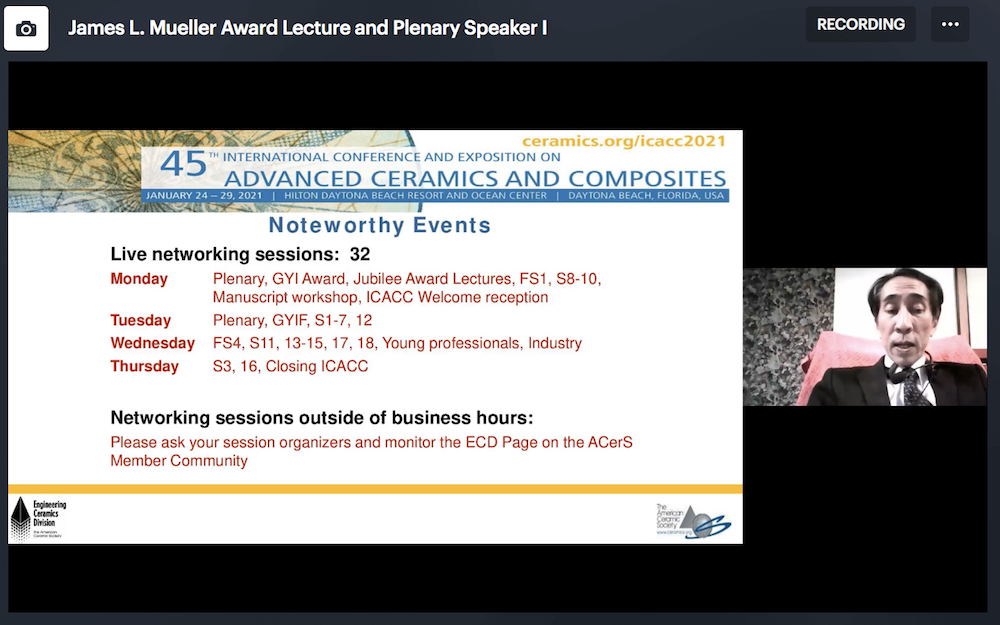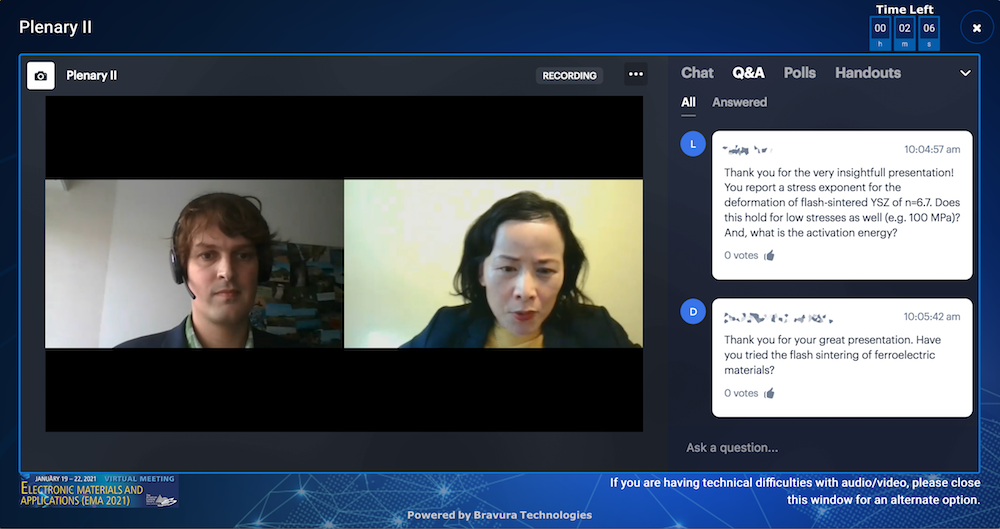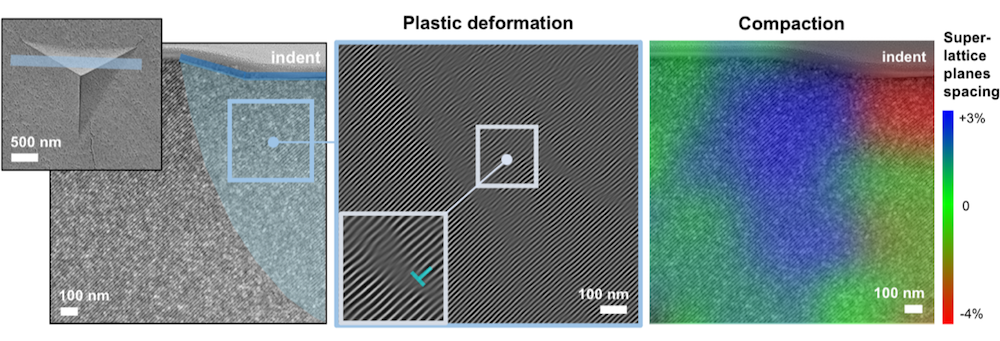Boron can enhance mechanical properties of steel, but too much boron will segregate from the steel and negate these benefits. Researchers led by Wuhan University of Science and Technology looked to enhance the toughness of high boron steel using a novel processing technique called quenching and partitioning.
Read MoreSecond-harmonic generation is a nonlinear optical process that allows for the creation of low-power and compact light sources. Researchers in China discovered nanocrystal-in-glass composites exhibit a similar but different phenomenon called transverse second-harmonic generation that would allow for the creation of light sources with expanded capabilities.
Read MoreMXenes hold potential as additives in ultrahigh-temperature ceramics to improve mechanical properties—but a gap in understanding the phase stability and transformation of MXenes at high temperatures limits this application. Researchers at Indiana University–Purdue University Indianapolis investigated these properties in titanium carbide MXenes.
Read MoreEndless Frontier Act: Will applied research become a main focus for the National Science Foundation?
The National Science Foundation is one of the main federal funding sources for basic science research—but China’s significantly increased investments in scientific research has led some U.S. senators to propose a bill that would reorganize NSF to support more applied research. Learn more about this proposal in today’s CTT.
Read MoreDesigning better ballistic materials is more than a matter of finding the optimal combination of material properties—a deep understanding of the microstructure–damage relationships is required as well. A number of recent articles published in ACerS journals look to improve processing methods for fabricating dense, resilient ceramic components.
Read MoreThe 2D material borophene holds a lot of potential due to its flexibility, strength, and diverse atomic structure—but rapid oxidation of borophene in air makes application difficult. Researchers led by Northwestern University experimentally investigated the hydrogenation of borophene to see how well it stabilizes the material for practical use.
Read MoreBasalt fiber is another material besides carbon and glass being considered to reinforce polymer composites. Researchers in Malaysia and Brazil compared the wear characteristics of epoxy composites reinforced with either basalt or glass fiber to understand the differences in their tribological performance.
Read MoreThe 45th International Conference on Advanced Ceramics and Composites (ICACC 2021) took place virtually Feb. 8–11, 2021. Over 800 people attended for a week full of plenary and award lectures, focused sessions, and live networking events.
Read MoreThe 12th annual Electronic Materials and Applications Conference (EMA 2021) took place virtually on Jan. 19–22, 2021. A record number of registrants tuned in for a week of presentations, networking, panels, and awards.
Read MoreOrganically linked supercrystals are an emerging type of nanocomposite that could prove useful in next-generation electronic devices and as biomimetic structural materials. Researchers led by the Hamburg University of Technology in Germany have conducted several studies on these materials, with the most recent one exploring its deformation mechanisms.
Read More


